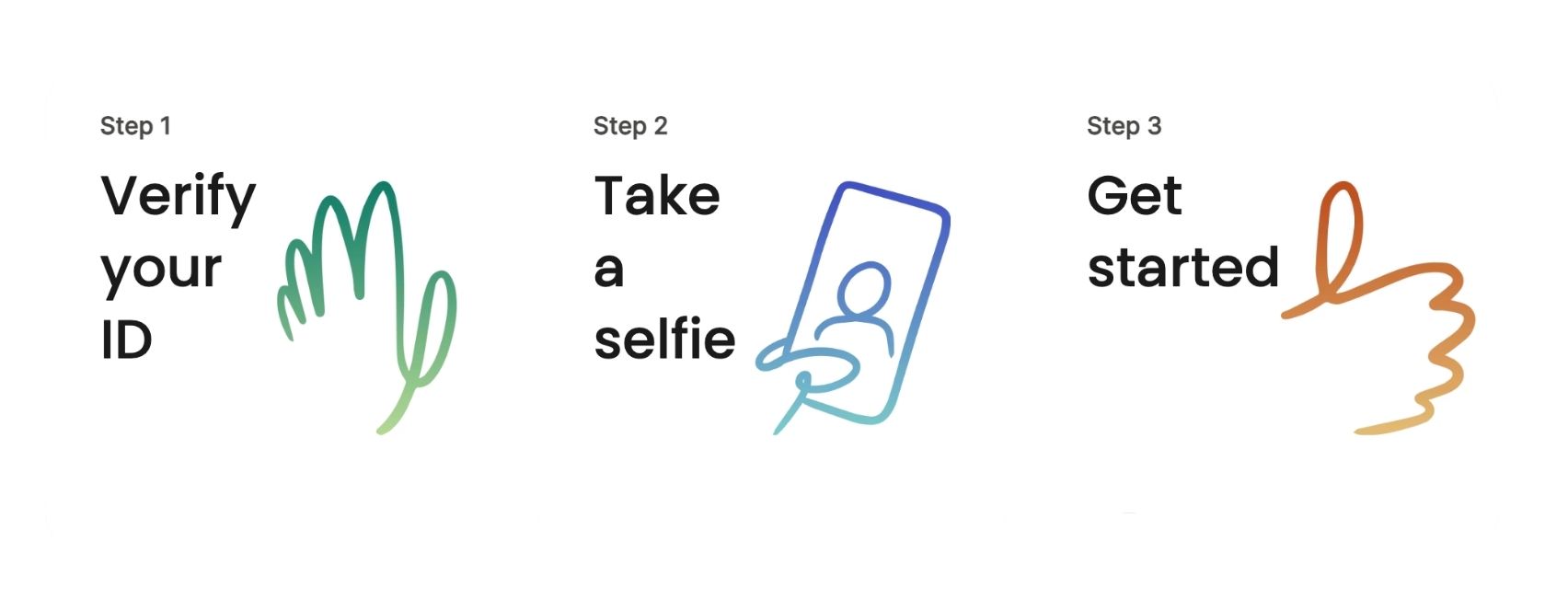Spinal anesthesia is most often used for operations involving the lower part of the body: only the lower part of the body is put to sleep.

Spinal anesthesia involves injecting a local anesthetic into the spinal canal to induce a single sleep. The injection is performed in the lower back, in an area without a spinal cord. It anesthetizes the nerves that control the lower part of the body. The technique is similar to the epidural anesthesia used during childbirth.
Spinal anesthesia is used for many interventions in urology, surgery of the lower limbs, "lower" abdominal surgery (proctology...), varicose vein surgery, gynecology, obstetrics and for the majority of scheduled caesarean sections. As the effect of anesthesia is limited, operations should last less than 2 to 3 hours.
The spinal space is located within the spine and surrounds the spinal cord to its termination at the very bottom of the back. Spinal anaesthesia consists of injecting a dose of anaesthetic into the liquid in contact with the nerves that innervate the area to be treated. The injected medication will stop the transmission of nerve messages to this area, allowing the pain to stop.
Rachianesthesia has several advantages, including the following:
A contraindication is a specific situation in which a drug, type of surgery or procedure (such as an epidural) should not be used because it could cause harm. The contraindications are:
Be sure to talk to your anesthesiologist about these issues during the pre-anesthetic consultation.
NB: Tattooing, scoliosis, or other back problems are not contraindications to epidural. These are situations that require adaptations and that sometimes make the procedure more difficult.
Rachianesthesia are generally very safe and the risk of serious adverse events is low. But as with any other anesthetic procedure, some risks exist and side effects are expected.
Introducing Eva.
Receive a complete Readiness Report in 24 hours — Built with best surgeons and anesthesiologists. Powered by AI.
Send the report to your surgeon.

About 38% of adult patients suffer an adverse event during or following their surgery, researchers reported Wednesday in the BMJ.
Nearly half of these complications result in serious, life-threatening or fatal harm, results showed.
60% of the complications were potentially preventable and 21% were definitely or probably preventable, researchers report.
Our mission is to provide safe & affordable surgical care
for every patient using AI technology and telehealth.

Surgery should be centered around you.
Your health, in your hands.
With Eva Me, it is. Licensed clinicians review your health record to provide personalized recommendations for surgery and anesthesia. It’s time for care that’s true to you.
Securely access Eva Me with a photo of your ID and a selfie.

Health records in multiple portals? That’s a thing of the past. Eva Me gathers your records in one place so licensed providers can give you personalized recommendations about your health.

Receive a summary on your phone — including surgical history, medications, labs, and risk factors — ready to send to be sent to your surgeon.

Trusted by the best health systems in the world
Includes — Anesthesia Self-Test, consented record pull via HIE and patient portals, Eva Readiness Report in 24 hours, personalized checklist, action plan, question guide, secure PDF and share link, online support
Information